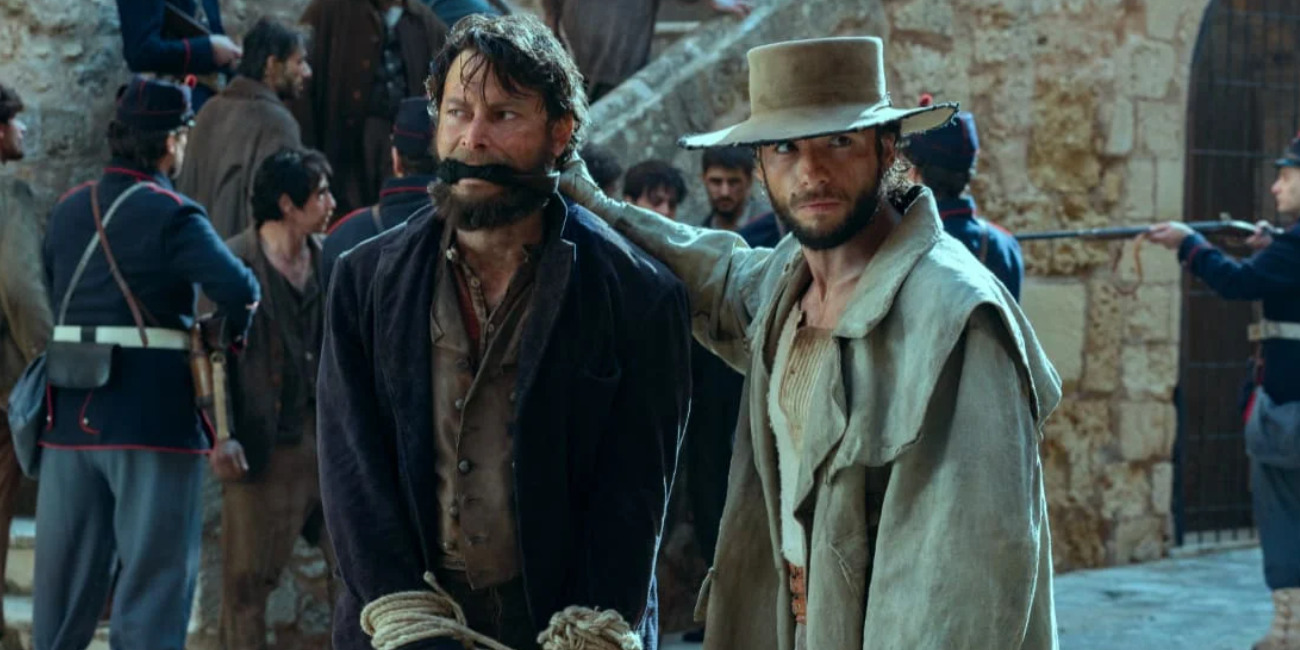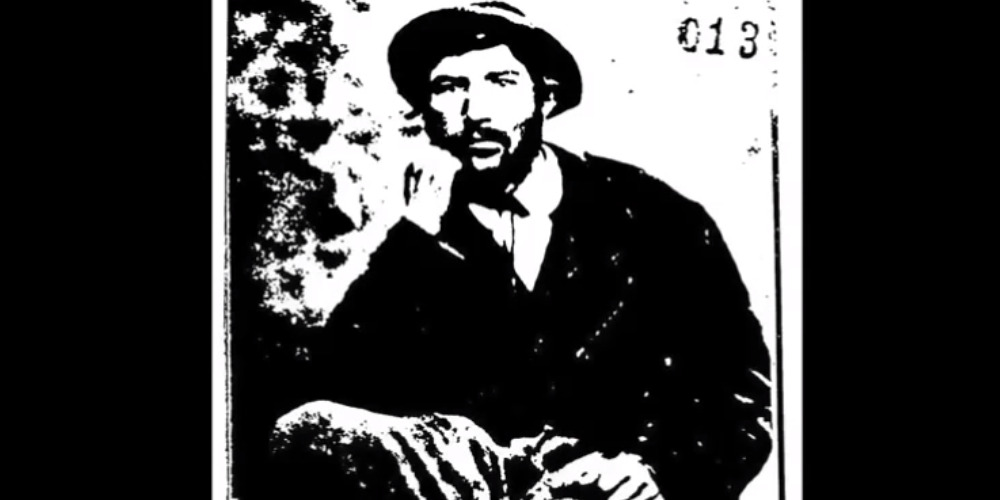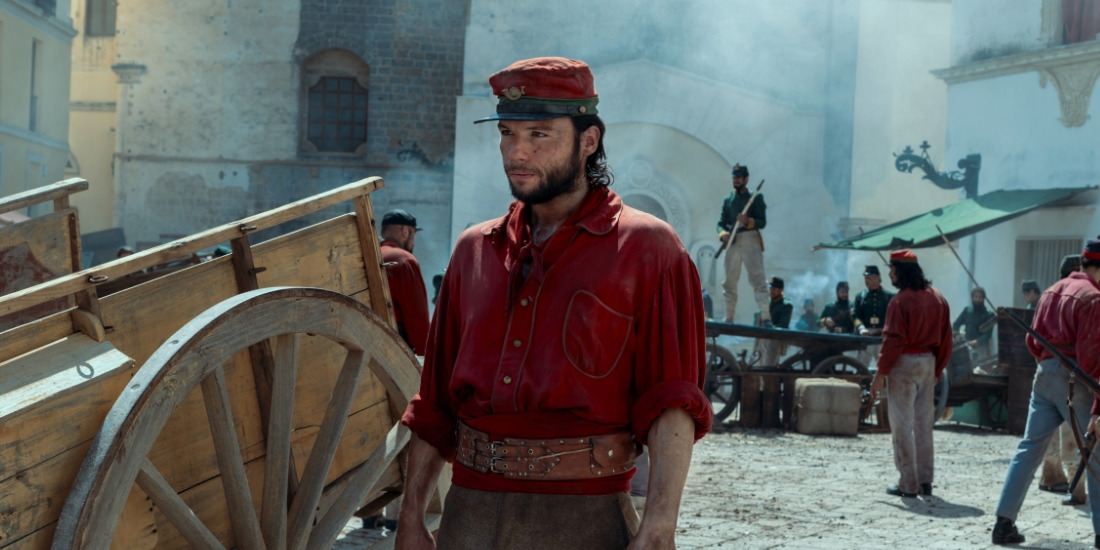‘Brigands: The Quest for Gold,’ an Italian Netflix show, presents a Western tale set in the 1800s post-unification Southern Italy when brigandage and banditry emerged significantly among the peasantry class. Thus, as the narrative unfolds, highlighting the social and political unrest within the region at the time, it employs a band of outlaws as the protagonists, with Filomena, a female brigand at the center. The farmer girl abandons her life with the bourgeois after leaving her wealthy husband and becoming a fugitive by the King’s law. However, in the process, she also manages to steal a treasure map that promises to change everything for the revolting Southern population.
Consequently, as Filomena bands with the Monaco gang of Brigands, she also attracts the attention of an opportunistic bounty hunter, Schiavone, known to others as Sparrowhawk. Therefore, as Schiavone becomes an instrumental character in the show’s historical storytelling, his roguish character is bound to incite curiosity regarding the real-life existence of a similar counterpart.
Sparrowhawk Schiavone: Inspired By a Historical Italian Figure
As a show delving into 19th-century Southern Italy, ‘Brigands: The Quest for Gold,’ employs several real-life historical elements to chart a largely fictionalized storyline. As such, even though the exact instances that unravel in the show have little basis in reality, many of the historical events, locations, and figures retain authentic connections with real-life counterparts. Marlon Joubert’s character, Schiavone/Sparrowhawk, is one such character— with roots in the eponymous historical personality Giuseppe Schiavone, an Italian Bandit from the early 1800s.

Even so, the on-screen Sparrowhawk diverges significantly from his historical inspiration. For instance, the show depicts the character as a bounty hunter recognized by his alias Sparrowhawk, who has no qualms about delivering brigands to the law. However, in real life, Giuseppe Schiavone is remembered as a notable brigand of his time, with no recorded accounts of his involvement in bounty hunting. Instead, his legacy remains contained to his banditry days wherein he commanded a gang, facilitating it within militaristic standards by assigning ranks and roles to his people.
On the other hand, where the show employs creative license to tinker with Schiavone’s professional life, it maintains historical accuracy in different aspects of his life. The show’s depiction of the real-life man shares Schiavone’s background in the military, specifically the army of the Kingdom of the Two Sicilies— the aftermath of which pushed him toward life as an outlaw. Furthermore, the show gets Schiavone’s entanglement with Filomena right as well since the real-life Giuseppe Schiavone was involved romantically with the real-life Filomena Pennacchio. While the show takes some liberties to modify the pair’s historical romance, the themes of life-and-death betrayal present within their relationship seem to be an authentic portrayal.

Despite his regular stints with banditry as an outlaw, historical accounts note Schiavone’s romance with Filomena Pennacchio as the cause behind his ultimate demise. As the show’s season one finale hints, Schiavone had a relationship with another woman, namely Rosa Candela, during his amorous time with Filomena. Consequently, after Schiavone got caught in a strained love triangle with the two women, Candela delivered him to his capture. Thus, the real-life bandit faced his death sentence in the 1860s, sporting a meeting with Filomena as his last dying wish. As such, while the discrepancies between Schiavone’s historical reality and on-screen portrayal remain evident, the latter still manages to hold on to some significant connections to his real-life inspiration.
For the same reason, the final product— Joubert’s interpretation of Schiavone— ends up being a blend of fact and fiction. Although a historical counterpart exists paralleling the show’s protagonist, there are significant elements of fictionalization that persist in the latter. Still, the fictionalized aspects of Schiavone’s bounty-hunting character instill a level of realism through tried-and-tested visual aids. Ultimately, the Schiavone depicted in ‘Brigands: The Quest for Gold’ retains a historical counterpart but hangs on to enough creative liberty and fictionalization to distinguish himself from the real-life Giuseppe Schiavone.
Read More: Is Netflix’s Brigands The Quest for Gold Based on a True Story?


You must be logged in to post a comment.